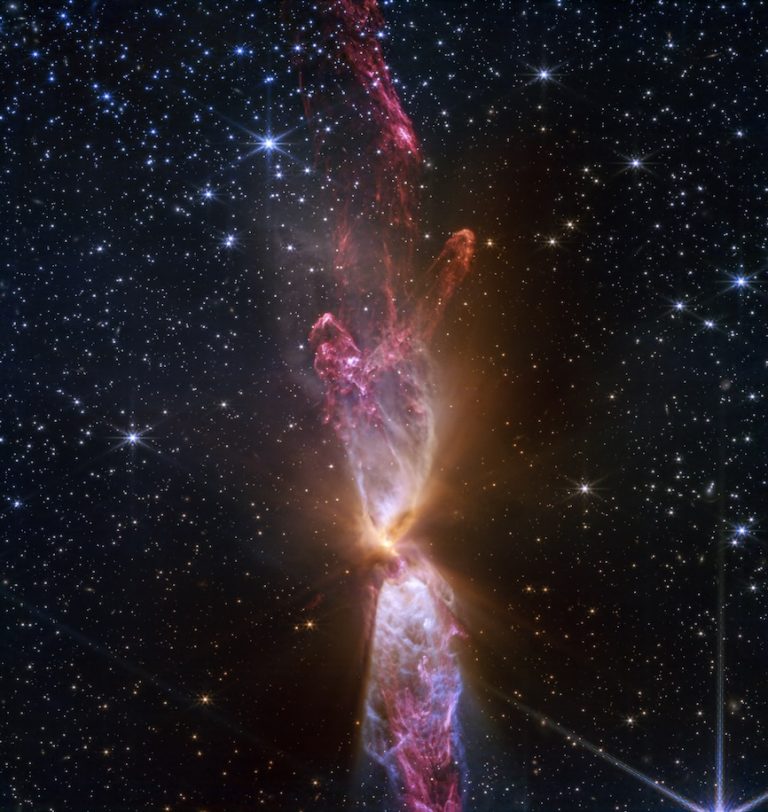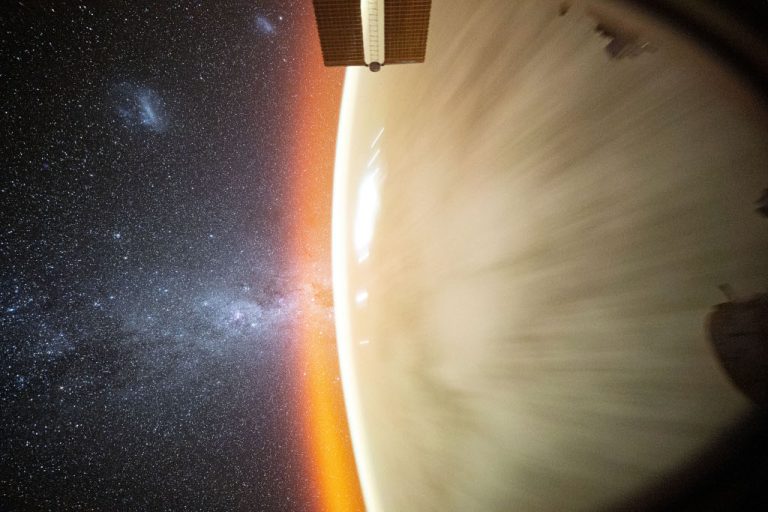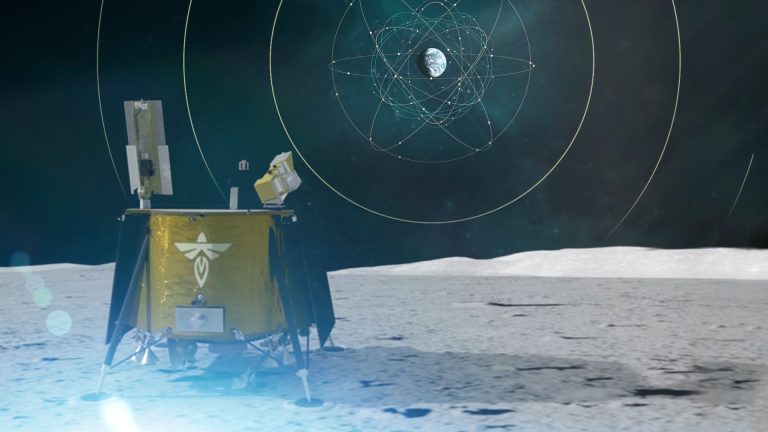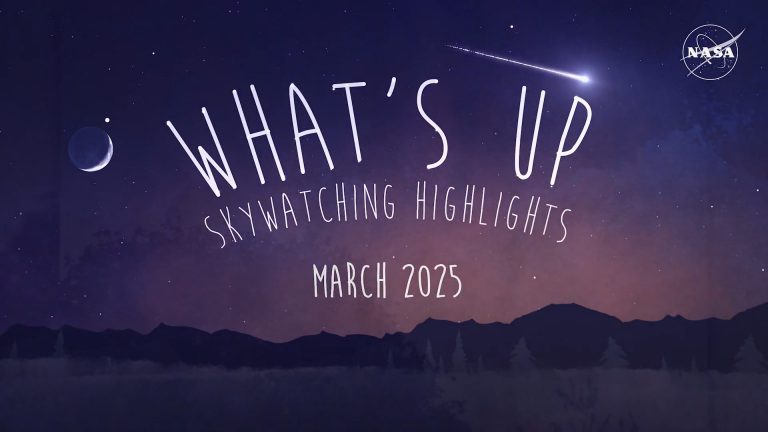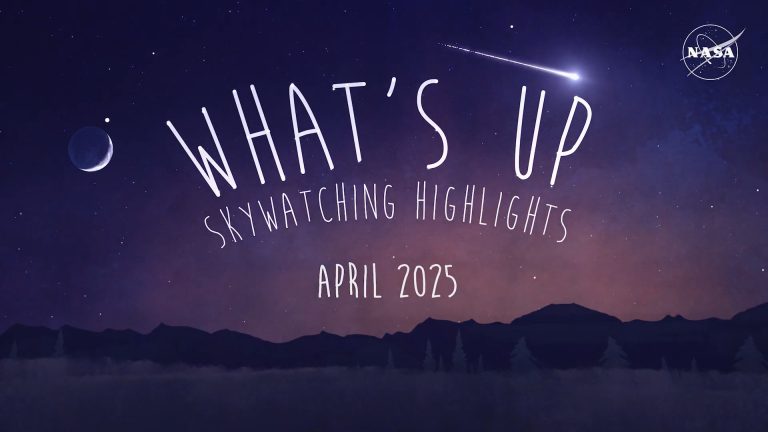In 2021, Hurricane Ida left over 1 million people without power, tornadoes tore across the American Midwest, volcanoes forced people to evacuate their homes, wildfires covered the American West and unusual flooding wreaked havoc on Central Europe.
2021年,飓风艾达导致100多万人断电,龙卷风席卷美国中西部,火山爆发迫使人们撤离家园,野火覆盖美国西部,罕见的洪水对中欧造成严重破坏。
Some characteristics of natural hazards, such as hurricanes, floods and wildfires, have been historically predictable and have informed disaster preparation. However, with human emissions of greenhouse gases increasing Earth’s temperature, we’re seeing changes in those characteristics: wildfire and drought seasons are lengthening, hurricanes and rainfall are becoming more intense, and coastal flooding is increasing.
自然灾害的一些特征,如飓风、洪水和野火,在历史上是可以预测,并为备灾提供了信息。然而,随着人类排放的温室气体使地球温度升高,我们正在看到这些特征的变化:野火和干旱季节正在延长,飓风和降雨变得更加强烈,沿海洪水也正在增加。
By sponsoring application science and fostering domestic and international partnerships, the NASA Disasters program seeks to use its Earth observation data to enable disaster-resilient communities in a changing climate.
通过资助应用科学和培育国内和国际伙伴关系,NASA灾难项目寻求利用其地球观测数据,使社区能够在不断变化的气候中抵御灾害。
For details on how the NASA Disasters program supports risk reduction, response and recovery, go to Remembering 2021’s Disasters.
有关NASA灾难项目如何支持风险降低、应对和恢复的详细信息,请参阅追忆2021年的灾难。
This day/night-band imagery of Hurricane Ida was captured by the VIIRS instrument onboard the NASA/NOAA Suomi-NPP satellite early the morning of Aug. 30, 2021. Day/night-band imagery is useful for identifying nighttime lights from cities and can be used to monitor for loss of light which may indicate power outages in the wake of a disaster. Credits: NASA
这张艾达飓风的昼/夜波段图像是由NASA/NOAA Suomi-NPP卫星上的VIIRS仪器于2021年8月30日凌晨拍摄。昼/夜波段图像可用于识别城市夜间灯光,并可用于监测可能表明灾难后断电的灯光丢失情况。影像来源:美国国家航空航天局


